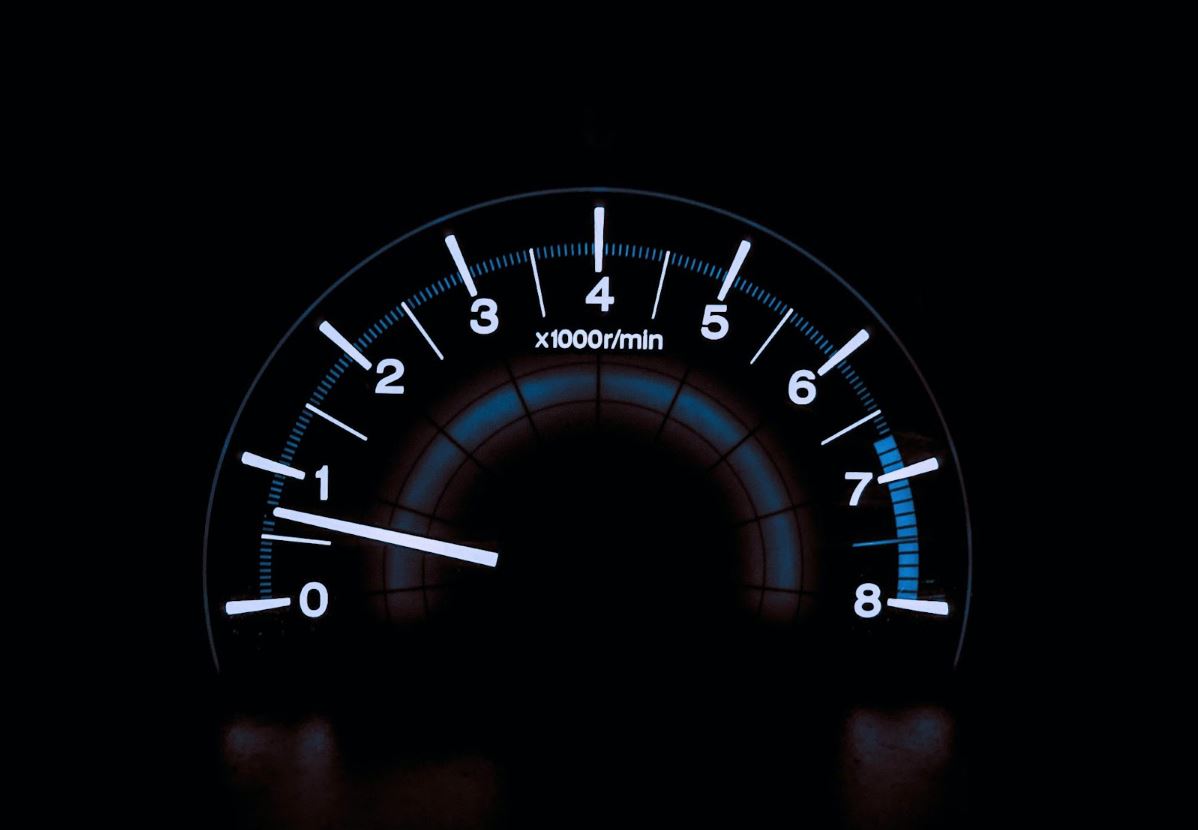The Department of Transportation Inspector General (DOTIG) is said to have concluded an audit of the National Highway Traffic Safety Administration (NHTSA), and how it’s been identifying safety defects in vehicles. DOTIG is not happy with the findings. Considering...
The Department of Transportation Inspector General (DOTIG) is said to have concluded an audit of the National Highway Traffic Safety Administration (NHTSA), and how it’s been identifying safety defects in vehicles. DOTIG is not happy with the findings. Considering traffic collisions remain a leading cause if serious injury and death in the U.S., the news is not encouraging. It’s also nabbed the attention of Aventura attorneys.
Says the Neufeld Law Firm, an Aventura car accident lawyer, an Aventura personal injury attorney is the kind of lawyer who will assist an individual who’s been injured in an auto accident to obtain the financial compensation they require for quality-of-life impacts and for everyday necessities.
But many auto accidents can be avoided if simple vehicle defects are detected early. According to a new report by Car and Driver, determining what’s potentially wrong with a new vehicle in 2023 takes a long time. Too much time, or so claims DOTIG which has published the comprehensive audit on why the NHTSA is slow-walking its analysis of safety defects in vehicles currently in use in the U.S.
In short, the NHTSA is said to have made some improvements in their handling of defect detection, but it’s believed that far more must be accomplished if lives are to be saved.
Too Many Defects. Not Enough Investigation
With regards to the report, the DOT targeted the NHTSA’s Office of Defective Investigation (ODI) since it plays an important role in both the gathering and analyzing of pertinent data, the investigation of current and potential defects, pinpointing unsafe vehicles currently on the road, plus management of the recall process and motor vehicle equipment.
In 2016 and 2020, ODI began new procedures which included the modernization of the software it uses to analyze and store data, and the restructuring of its entire office according to new hiring guidelines. But this was not enough to stop a large number of harsh criticisms that came directly from the DOTIG.
For example, the ODI did not post documents to its public website in a timely manner. It didn’t meet timeliness goals. It presently does not possess an integrated information system for crucial safety defect investigations plus associated recall processes. Also, the ODI did not consistently follow standard operating procedure for issue escalation. It is also coming up short on guidance regarding pre-investigative procedures and protocols.
In short, the NHTSA, despite their restructuring efforts, is a failing organization that can directly lead to loss of life on U.S. roads. The report is said to provide specific details regarding these criticisms. For instance, regarding issue escalation, the DOT discovered that ODI regularly did not follow proper procedure which is needed to determine the vehicular problems that require prioritization and that therefore need to be investigated.
In 2019, NHTSA received around 75,300 consumer complaints, along with 32,500 “further substantive review” issues. In turn, NHTSA issued 966 recalls in 2019, but ODI only launched a paltry 88 investigations.
Automotive Manufacturers Move Faster than NHTSA
Says Car and Driver, one the primary reasons for the lack of investigations is that privately run automakers have made the decision to launch their own recalls before ethe ODI has a chance to launch their own. The ODI is said to welcome these private investigations since it adds to their apparent measurement of success.
DOTIG has stated that ODI counts the number of vehicles that have been recalled instead of the number of potential safety defect investigations it has launched. In other words, they take credit where credit is not due.
In the end, DOTIG has made more than a dozen recommendations to speed investigations up. The NHTSA has agreed with 10 of them thus far. They are still mulling over ways in which the government organization can meet their timeliness goals but did not agree with DOTs recommendation on developing across-the-board rules for negotiating manufacturers’ potential safety defects.
Considering NHTSA’s response to the audit, DOTIG has openly said it now considers all 12 recommendations open and pending, but somehow, also “resolved.” But will any of this result in more and speedier recalls? The jury is said to still be out on that crucial issue.
One thing is for certain, the roads and highways in the U.S. are not getting any safer. While autonomous safety features like automatic braking and lane change warnings systems have helped in the reduction of some accidents, without an aggressive and finely tuned ODI, serious injuries and fatalities caused by vehicular collisions and faulty products will only continue for the foreseeable future.
The post <strong>NHTSA Said to be Using the Slow Lane to Investigate Vehicle Safety Defects</strong> appeared first on BMWCoop | BMW Blog, BMW News, BMW Reviews.
















